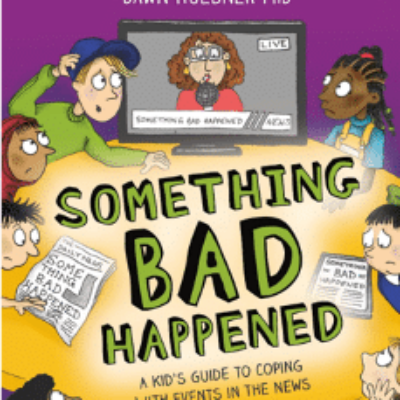I read Something Bad Happened after Professor Jim McManus recommended it as a tool to help parents talk to children about big events that happen in a helpful way. It is a great read, and when I was reading it, I was imagining issues like terrorism, the recent bushfires in Australia or other natural/man made disasters. This was in January, just before the current crisis took hold. Little did I know that just around the corner, the contents would be more useful than ever.
Talking helps! When our brains are in ‘fight or flight’ mode, it is important to validate the emotions we are all feeling
What is the book?
It’s written by Dawn Huebner, a clinical psychologist, who specialises in supporting anxious children and their parents and the reason it is so useful is that it is not specifically about one issue. It doesn’t deal with terrorism or earthquakes specifically. It deals with the emotion underneath ‘big events’ in a generic sense, but provides adaptive and useful tools for trusted adults to sensitively navigate these big events with children. I am going to highlight some of the key advantages of this approach and some useful take-aways to help parents and carers, but ideally, reading the book is my advice!



